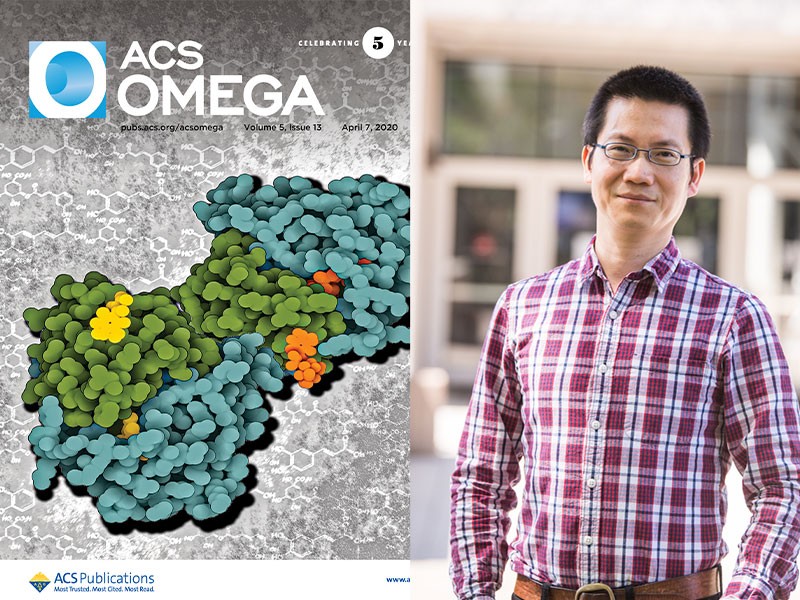Patent-Awarded Research Reveals Treatment for Deadly Listeriosis Infection

Each year, an estimated 1,600 people get listeriosis—a serious infection usually caused by eating food contaminated with the bacterium Listeria monocytogenes—and about 260 die. This high case-fatality rate can be partially attributed to the infection’s resistance to commonly used antibiotics. Since the production of new antibiotics has significantly slowed in the last two decades, identifying cocktails of existing antibiotics with synergistic compounds is a top priority for treating this multi-drug-resistant pathogen. New work by Associate Professor of Chemical and Biological Engineering Dr. Zuyi “Jacky” Huang and his Biological and Environmental Systems Engineering Laboratory (BESEL) team holds promise for more easily identifying these life-saving compounds.
Dr. Huang’s group has developed a computational approach to accelerate the screening of natural chemical compounds that can be used to inhibit the Listeria monocytogenes that are found resistant to the antibiotic Fosfomycin. In particular, the protein FosX catalyzes the hydrolysis of Fosfomycin and mediates drug resistance. Based on FosX’s crystal structure, the BESEL lab evaluated thousands of natural compounds using an automated ligand docking approach. An in vitro bacterial growth inhibition experiment was then used to verify the effectiveness of identified compounds combined with Fosfomycin in inhibiting the resistant L. monocytogenes strains. Two phenolic acids, i.e., caffeic acid and chlorogenic acid, were predicted as high-affinity FosX inhibitors from the ligand-docking platform. Experiments with these compounds indicated that the cocktail of either caffeic acid or chlorogenic acid with Fosfomycin was able to significantly inhibit the growth of the pathogen. Dr. Huang says, “Our findings suggest that this combination is of potential use in the clinical treatment of Listeria infections.” The lab’s research results were approved for a provisional patent and the work was selected as the cover story for the journal ACS Omega.
“These findings are the result of a long-term collaboration between BESEL and the Foodborne Pathogens Lab at the USDA’s Agricultural Research Service,” explains Dr. Huang. He credits the computational work to Tianhua Zhai, a second-year PhD student at Villanova, while the experimental study was performed by Fangyuan (Betty) Zhang, a third-year PhD in Dr. Yanhong Liu’s Foodborne Pathogens Lab.
In addition to the potential for this work to impact the treatment of listeriosis, Dr. Huang sees an opportunity to apply his computational platform to help his NovaCell colleagues accelerate the discovery of small molecule inhibitors (a drug that can enter cells easily because it has a low molecular weight). For example, he is closely working with Associate Professor Dr. Jacob Elmer to find a small molecule inhibitor to improve transfection efficacy, which is essential for gene therapy.
